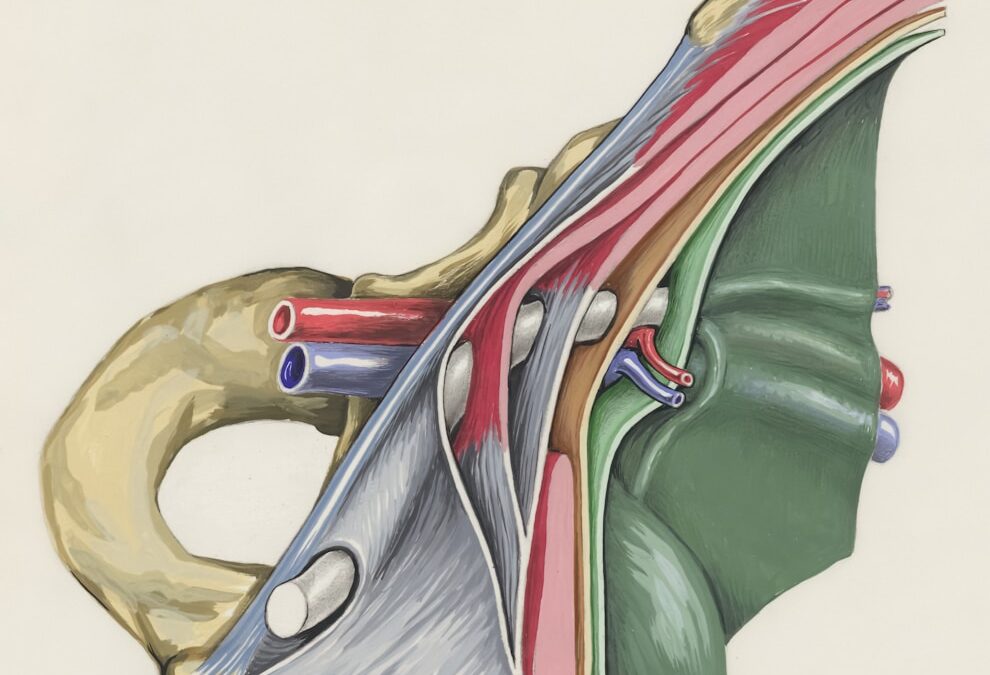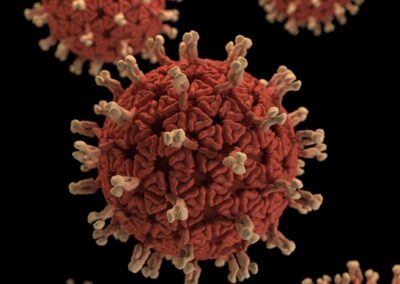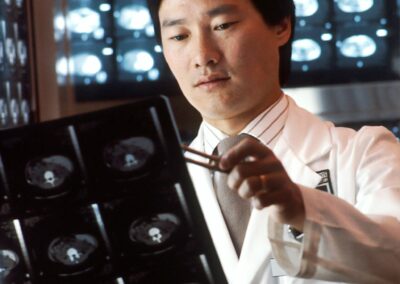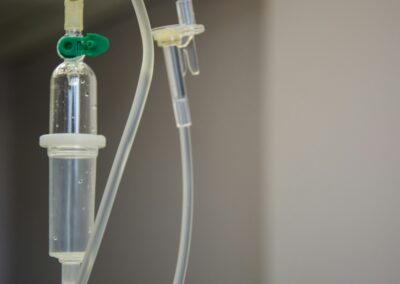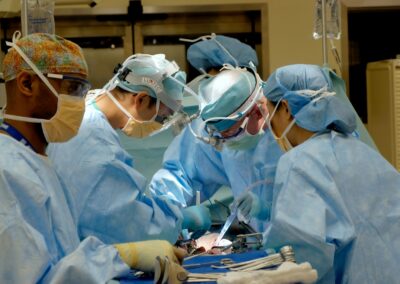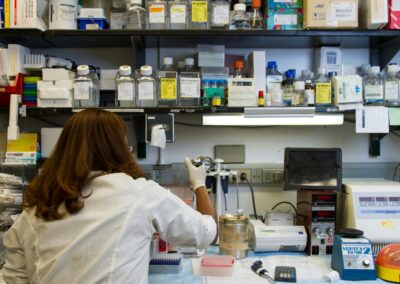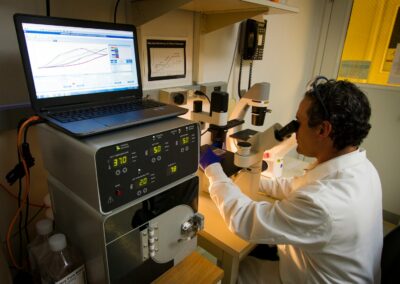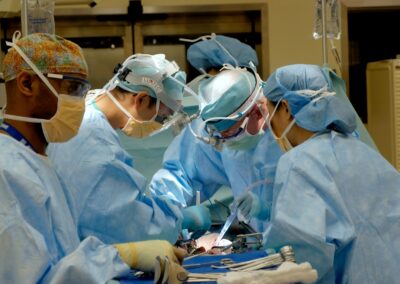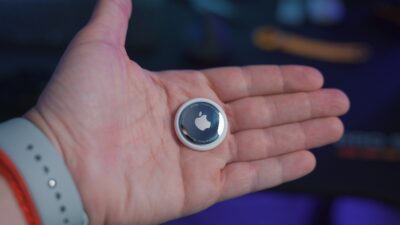Enhancing Personalized Interventions through Advanced Health Monitoring
Digital Twins in Health Monitoring: A New Era of Cardiovascular Care
The application of digital twins in health monitoring marks a significant advancement in managing cardiovascular diseases through personalized interventions. Digital twins—virtual replicas of physical entities—are revolutionizing healthcare by providing dynamic and comprehensive models of patients’ cardiovascular systems. This technology enables healthcare providers to monitor, analyze, and optimize treatment plans in real-time, offering unprecedented levels of precision in managing cardiovascular conditions.
In regions such as Saudi Arabia and the UAE, where healthcare innovation is a strategic priority, the integration of digital twins into health monitoring is aligning with the vision of advancing medical practices. Cities like Riyadh and Dubai are at the forefront of adopting cutting-edge technologies, and the utilization of digital twins is a testament to this commitment. By employing these virtual models, healthcare professionals can gain deeper insights into patient health, leading to more effective and individualized treatment strategies.
The value of digital twins extends beyond traditional health monitoring. They offer a real-time, interactive platform for assessing cardiovascular health, predicting potential issues, and tailoring interventions to each patient’s unique needs. This not only improves patient outcomes but also enhances the overall efficiency of healthcare delivery.
Personalized Interventions Through Digital Twin Technology
One of the most compelling benefits of digital twins in health monitoring is their ability to facilitate personalized interventions for cardiovascular diseases. Unlike one-size-fits-all approaches, digital twins provide a highly detailed and customized view of a patient’s cardiovascular system. This allows healthcare providers to develop tailored treatment plans based on a patient’s specific physiological and anatomical characteristics.
For business executives and healthcare leaders in Saudi Arabia and the UAE, investing in digital twin technology represents a strategic advantage. Personalized care is becoming increasingly important in the global healthcare landscape, and digital twins offer a way to meet this demand effectively. By creating a virtual model of a patient’s cardiovascular system, clinicians can simulate various treatment scenarios, identify the most effective interventions, and implement strategies that are precisely aligned with individual health needs.
Moreover, digital twins enable ongoing health monitoring and adaptive treatment. As patient data is continuously updated, the virtual model can reflect real-time changes, allowing for timely adjustments to treatment plans. This dynamic approach not only enhances the precision of interventions but also contributes to better long-term management of cardiovascular diseases.
The Future of Digital Twins in Cardiovascular Care
Looking ahead, the role of digital twins in cardiovascular care is poised for significant growth. As technology continues to advance, digital twins will become even more sophisticated, integrating with artificial intelligence and other modern technologies to provide deeper insights and more effective interventions. This evolution will further enhance the ability of healthcare providers to manage cardiovascular diseases and improve patient outcomes.
For business leaders in Saudi Arabia and the UAE, staying abreast of these developments is crucial for maintaining a competitive edge in the healthcare sector. Embracing digital twin technology not only supports the delivery of high-quality, personalized care but also aligns with the strategic goals of innovation and excellence in medical practice.
As digital twins become more advanced, they will open new avenues for research and development in cardiovascular care. Future innovations may include enhanced simulation capabilities, advanced predictive analytics, and improved integration with other health technologies, all contributing to more effective and individualized treatment strategies.
Strategic Considerations for Implementing Digital Twins
Maximizing the Benefits of Digital Twins in Cardiovascular Health
Implementing digital twins in health monitoring requires a strategic approach to maximize their benefits. For healthcare organizations in Saudi Arabia and the UAE, this involves investing in the necessary technology, training healthcare professionals, and integrating digital twins into existing healthcare workflows. The potential for improved patient outcomes and operational efficiency makes this investment a compelling opportunity for leaders in the healthcare sector.
Healthcare providers should consider partnerships with technology companies specializing in digital twins to leverage their expertise and stay at the forefront of technological advancements. Additionally, fostering a culture of innovation within healthcare organizations can facilitate the successful adoption and utilization of digital twin technology, ensuring that it is effectively integrated into patient care practices.
The application of digital twins also offers opportunities for collaboration between healthcare providers, researchers, and technology developers. By working together, these stakeholders can drive advancements in cardiovascular care, enhance the functionality of digital twins, and contribute to the overall improvement of healthcare delivery.
Planning for Future Innovations in Digital Health Monitoring
To fully capitalize on the benefits of digital twins in health monitoring, healthcare organizations must plan strategically for future innovations. This includes staying informed about emerging trends, investing in research and development, and continuously evaluating the impact of digital twin technology on patient care.
For business executives and healthcare leaders, a forward-looking approach is essential for maintaining a competitive edge and achieving long-term success. By embracing digital twins and other cutting-edge technologies, organizations can drive progress in cardiovascular care, improve patient outcomes, and reinforce their position as leaders in the healthcare industry.
In conclusion, the application of digital twins in health monitoring represents a groundbreaking advancement in managing cardiovascular diseases. This technology offers significant benefits, including personalized interventions, enhanced precision in treatment, and improved patient outcomes. By investing in digital twin technology and planning strategically for future innovations, healthcare organizations can achieve significant advancements in cardiovascular care and contribute to the ongoing evolution of medical practices.
—
#DigitalTwins #HealthMonitoring #CardiovascularDiseases #PersonalizedInterventions #HealthcareInnovation #ArtificialIntelligence #GenerativeAI #ModernTechnology #BusinessSuccess #LeadershipSkills #ProjectManagement #SaudiArabia #UAE #Riyadh #Dubai

